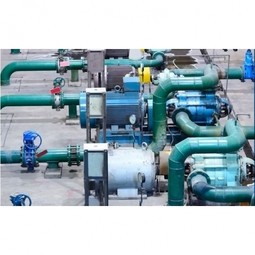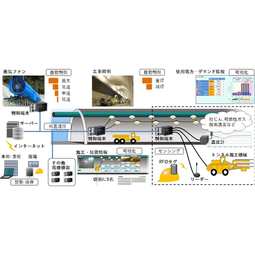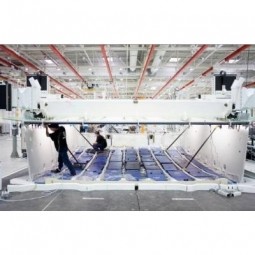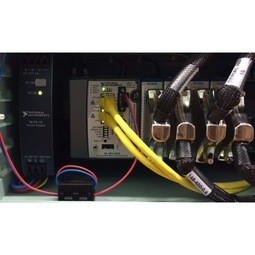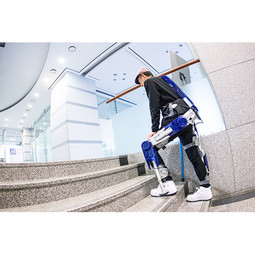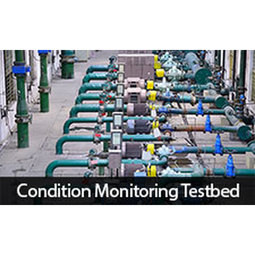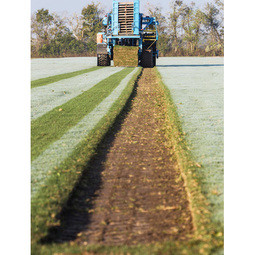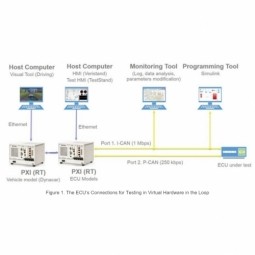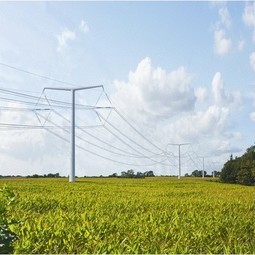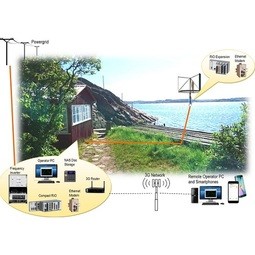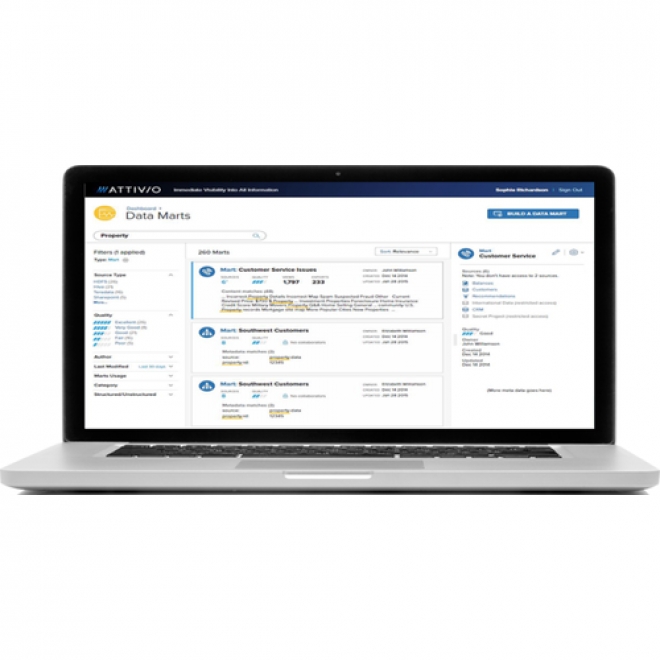Case Studies.
Our Case Study database tracks 18,927 case studies in the global enterprise technology ecosystem.
Filters allow you to explore case studies quickly and efficiently.
-
(7)
- (3)
- (3)
- (2)
- View all
-
(6)
- (5)
- (1)
-
(5)
- (4)
- (1)
- (1)
- View all
-
(5)
- (5)
-
(4)
- (4)
- View all 10 Technologies
- (3)
- (2)
- (2)
- (1)
- (1)
- View all 9 Industries
- (5)
- (3)
- (2)
- (1)
- (2)
- (2)
- (1)
- (1)
- (1)
- View all 9 Use Cases
- (14)
Selected Filters
14 case studies
|
Improving Asset Health Information
NI
Unexpected downtime costs industries billions of dollars each year, and the challenges of aging assets combined with many experienced professionals at or near retirement age have companies looking at the promises of IoT technology for answers.
|
|
IoT System for Tunnel Construction
NI
The Zenitaka Corporation ('Zenitaka') has two major business areas: its architectural business focuses on structures such as government buildings, office buildings, and commercial facilities, while its civil engineering business is targeted at structures such as tunnels, bridges and dams. Within these areas, there presented two issues that have always persisted in regard to the construction of mountain tunnels. These issues are 'improving safety" and "reducing energy consumption". Mountain tunnels construction requires a massive amount of electricity. This is because there are many kinds of electrical equipment being used day and night, including construction machinery, construction lighting, and ventilating fan. Despite this, the amount of power consumption is generally not tightly managed. In many cases, the exact amount of power consumption is only ascertained when the bill from the power company becomes available. Sometimes, corporations install demand-monitoring equipment to help curb the maximum power demanded. However, even in these cases, the devices only allow the total volume of power consumption to be ascertained, or they may issue warnings to prevent the contracted volume of power from being exceeded. In order to tackle the issue of reducing power consumption, it was first necessary to obtain an accurate breakdown of how much power was being used in each particular area. In other words, we needed to be able to visualize the amount of power being consumed. Safety, was also not being managed very rigorously. Even now, tunnel construction sites often use a 'name label' system for managing entry into the work site. Specifically, red labels with white reverse sides that bear the workers' names on both sides are displayed at the tunnel work site entrance. The workers themselves then flip the name label to the appropriate side when entering or exiting from the work site to indicate whether or not they are working inside the tunnel at any given time. If a worker forgets to flip his or her name label when entering or exiting from the tunnel, management cannot be performed effectively. In order to tackle the challenges mentioned above, Zenitaka decided to build a system that could improve the safety of tunnel construction as well as reduce the amount of power consumed. In other words, this new system would facilitate a clear picture of which workers were working in each location at the mountain tunnel construction site, as well as which processes were being carried out at those respective locations at any given time. The system would maintain the safety of all workers while also carefully controlling the electrical equipment to reduce unnecessary power consumption. Having decided on the concept, our next concern was whether there existed any kind of robust hardware that would not break down at the construction work site, that could move freely in response to changes in the working environment, and that could accurately detect workers and vehicles using radio frequency identification (RFID). Given that this system would involve many components that were new to Zenitaka, we decided to enlist the cooperation of E.I.Sol Co., Ltd. ('E.I.Sol') as our joint development partner, as they had provided us with a highly practical proposal.
|
|
Developing Smart Tools for the Airbus Factory
NI
Manufacturing and assembly of aircraft, which involves tens of thousands of steps that must be followed by the operators, and a single mistake in the process could cost hundreds of thousands of dollars to fix, makes the room for error very small.
|
|
Condition Monitoring and Diagnostics System for China Steel
NI
China Steel Corporation (CSC) is the largest integrated steel maker in Taiwan. Our goal is to enhance facility maintenance and management efficiency. First and foremost, to achieve this goal we know we need to understand the tradeoffs between the set-up costs of machine condition monitoring (MCM) devices and the losses we experience due to unexpected faults. We also need to consider the critical pieces of equipment we own and the degree of difficulty involved in maintaining them. Effective MCM can help maintenance managers understand the condition of critical equipment in real time, which is a competitive advantage for steel manufacturers.Our first self-developed facility online monitoring and diagnosis system (FOMOS) was installed on the CSC production line in 1998. The system performed well for monitoring certain issues such as mill vibrations, but after a few years the system became less reliable. We found that the hardware and software had limited functionality. We knew we could build a smarter, more connected system that could use the latest advances in processing power, wireless networks, and software connectivity. We realized that it was fairly easy to develop an MCM system, but it was difficult to address specific challenges we faced.Our biggest challenge to address was how to detect equipment abnormalities at an early stage without creating a large number of false alarms. Since vibration is a relative condition indicator and strongly affected by system or structural dynamic rigidity and transmissibility, in real situations, it is common to find that two pieces of the same equipment at similar locations and operating conditions exhibit different vibration levels after several years of operation. Vibration signals can be a key indicator for information such as wear, imbalance, misalignment, impact load, and bearing fault by using different signal processing and algorithms.A conventional monitoring and diagnosis system uses the same or very few indicators and criteria to monitor and diagnose various machine conditions regardless of the nature of the operation of the machine. Therefore, these systems are prone to false alarms or missing alarms. To make it worse, with diverse monitored equipment, a complicated operation regime, and widespread applications in numerous process lines in an integrated steel factory, it is impractical to achieve our goals with only a few diagnosis experts. Thus, we discovered the best way to improve the effectiveness and efficiency of our MCM system was to introduce some artificial intelligence methods.
|
|
Remote Condition Monitoring for London Underground
NI
London Underground serves 1.7 billion passengers per year and the Victoria Line accounts for 213 million of those journeys. The line carries 89.1 million passengers per year in the peak service, offering the most intensive service on the underground network. Over the past eight years, a £1 billion investment programme upgraded and replaced the Victoria Line’s rolling stock and signaling and control systems to deliver a service capable of running more than 33 trains per hour. The new signalling system uses 385 Jointless Track Circuits (JTCs) to detect train position, maintain safe train separation and deliver train headways capable of meeting an extremely demanding timetable. Track circuits are the sole means of train detection and play a critical role in the safe and reliable operation of the railway; however, no provision was made for any condition monitoring during the design and installation. Because of the critical nature of the asset, a failed track circuit has a major impact on the service and constitutes the biggest cause of passenger disbenefit on the Victoria Line, amounting to £1.5 million since their introduction (London Underground CuPID database for Track Circuit failures since 2012). The Victoria Line Condition Monitoring Team, made up of six professional engineers with rail, software, electrical, mechanical, network and engineering backgrounds, delivered the solution. National Instruments Silver Alliance Partner Simplicity AI supported the project by providing additional software consulting services. We used the company’s enormous breadth of expertise to deliver the system onto an operational railway within one year of the concept design. The scope of this project consisted of designing, integrating and installing an intelligent remote condition monitoring system that could perform real-time analysis of voltage and frequency for all 385 JTCs across a 45 km of deep tube railway to predict and prevent failures and subsequent loss of passenger service. We took advantage of the accuracy, reliability and flexibility of NI hardware and software to implement an innovative system to reduce the lost customer hours experienced on the Victoria Line. The system is forecast to reduce lost customer hours by 39,000 per year—an estimated £350,000 savings per year in passenger disbenefit.
|
|
Hyundai Wearable Robotics for Walking Assistance
NI
The Central Advanced Research and Engineering Institute at Hyundai Motor Company develops future mobility technologies. Rather than provide conventional vehicle products to customers, this research center creates new mobility devices with a wide range of speeds for a variety of people, including the elderly and the disabled. As our society ages, there is a greater need for systems that can aid mobility. Thus, we are developing wearable exoskeleton robots with NI embedded controllers for the elderly and patients with spinal cord injuries to use.Key ChallengeDeveloping a system that can handle complex control algorithms to capture data remotely from various sensors simultaneously and perform real-time control of multiple actuators for a wearable robotics device for walking assistance.
|
|
Time Sensitive Networking
NI
For industrial applications such as process and machine control to run smoothly, there is a need to ensure that there is low communication latency and minimal jitter in order to meet closed loop control requirements.
|
|
IIC Condition Monitoring & Predictive Maintenance Testbed
NI
The current state of condition monitoring requires manual measurements that are compounded with aging equipment and the retirement of knowledgeable personnel.
|
|
Controlling and Monitoring Microgrids
NI
Microgrid topologies offer several advantages over large traditional grids including increased resiliency and easier integration of distributed renewables. However, some challenges such as maintaining scalability and interoperability between diffferent vendors and connectivity protocol standards are challenges that have to be overcome in order to reap the benefits of such a system.
|
|
Smart Turf Harvesting Machine
NI
Delivering a high-performance, automated turf harvester that reliably and efficiently palletizes turf in a variety of farming conditions while increasing farm productivity, reducing machine operating costs, and providing a secure Internet gateway to remotely monitor and control the turf harvester.
|
|
Electric/Hybrid Vehicle Propulsion System
NI
Tecnalia is experienced in the automotive sector and in the development of controllers embedded in powertrain ECUs. Implementing three models that emulate the unavailable functioning and communications electronic control units (ECUs) for an electric/hybrid vehicle propulsion system.
|
|
Grid of Tomorrow with National Grid UK
NI
The modern grid comes with new engineering challenges. In the United Kingdom, as renewable energy resources are being used to supplement fossil fuel production, power quality issues are surfacing. Combine this with the rapidly increasing demand for energy and the decommissioning of fossil fuel plants, and grid operators are finding that traditional measurement systems do not offer adequate coverage to handle these new challenges and manage the new risks the industry faces.
|
|
Vertical and Floating Wind Turbine for Deep Sea Deployment
NI
Developing a control system for a vertical, floating wind turbine that can monitor the operating conditions of the turbine, control it to make sure it operates at its highest efficiency, gather and log data, and securely transfer the data to operators and developers anywhere in the world for analysis and continuous development.
|
|
National Instruments selected Attivio Platform for Superior Search Functionality
NI
National Instruments was concerned about the future state of its enterprise search solution. Microsoft’s FAST ESP was no longer offered as a stand-alone product and it was marked for end-of-life, effective July 2013.
|




